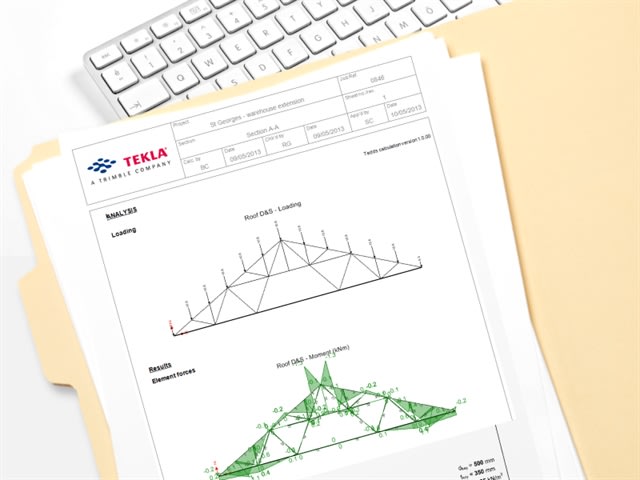thelish
Structural
- Mar 14, 2002
- 1
Hi
I am looking for information on Software for Structural Design of Dwelling Houses,
ie
Foundation Design,
Beam Design
Timber Thrust Roof Design
I am looking for information on Software for Structural Design of Dwelling Houses,
ie
Foundation Design,
Beam Design
Timber Thrust Roof Design




